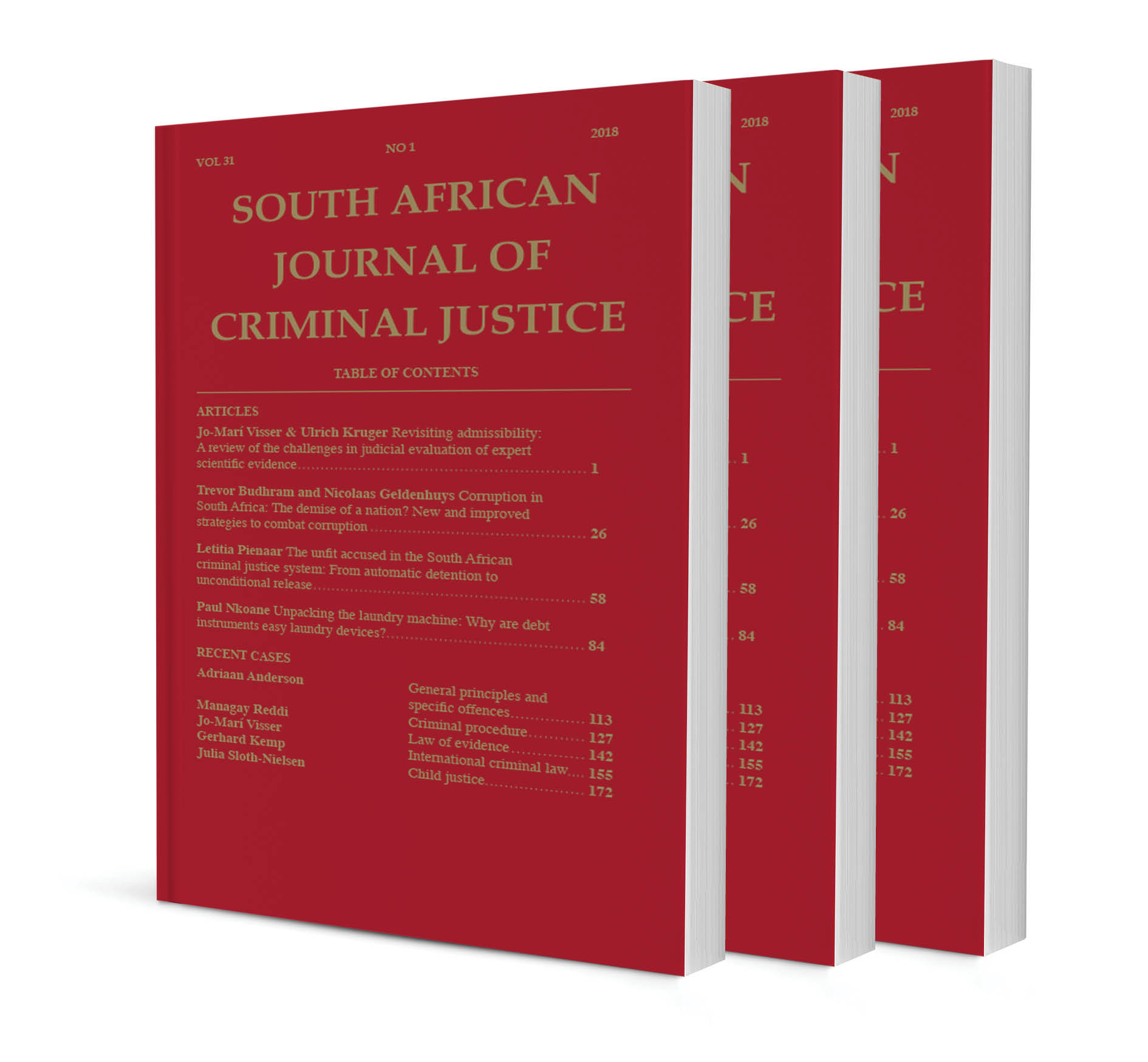
Production of malted fermented sorghum-based complementary foods to enhance food and nutrition security in Benue, Nigeria

Production of malted fermented sorghum-based complementary foods to enhance food and nutrition security in Benue, Nigeria
Authors: Priscilla M Utoo, Philip Bassey, Afiong Oku and Charles Ariahu
ISSN: 3078-2821
Affiliations: Department of Epidemiology and Community Health, College of Health Sciences, Benue State University, Makurdi, Benue State; Department of Community Medicine, University of Calabar, Cross River State; Department of Community Medicine, University of Calabar, Cross River State; Department of Food Science and Technology, Joseph Saarwuan Tarka University, Makurdi
Source: International Journal of African Reflections 2025, p. 160-178
https://doi.org/10.47348/IJAR/2025/a8
Abstract
In Benue, Nigeria, malnutrition continues to be a significant public health concern, affecting mostly infants and young children in the form of impeded growth and development. This study aimed to develop and assess the nutritional quality of malted fermented sorghum-based complementary foods. Soya beans, orange-fleshed sweet potatoes and moringa oleifera leaf powder were sourced locally for the formulations. Individual flours were evaluated for their proximate composition, minerals, vitamins and anti-nutrient content. With the aid of material balancing, four different complementary food samples were formulated to produce 16 g of protein per 100 g sample and they were compared with selected traditional complementary food. The results revealed that treated food samples had improved protein, fibre and mineral content compared to the traditional complementary food. The fat and energy content were highest in the non-malted fermented sorghum-based formulation (4.32 g/100 g and 367.60 kcal/100 g sample, respectively) and the lowest in the traditional complementary food (2.06 g/100 g sample and 358.25 kcal/100 g sample, respectively). Sensory evaluation revealed that, generally, the treated formulations were more acceptable to the panelists. This study demonstrates the potential of malted fermented sorghum-based complementary foods to improve food and nutrition security. From the findings, it can be concluded that it is possible to develop scalable and sustainable interventions to treat malnutrition in Benue and Nigeria.
